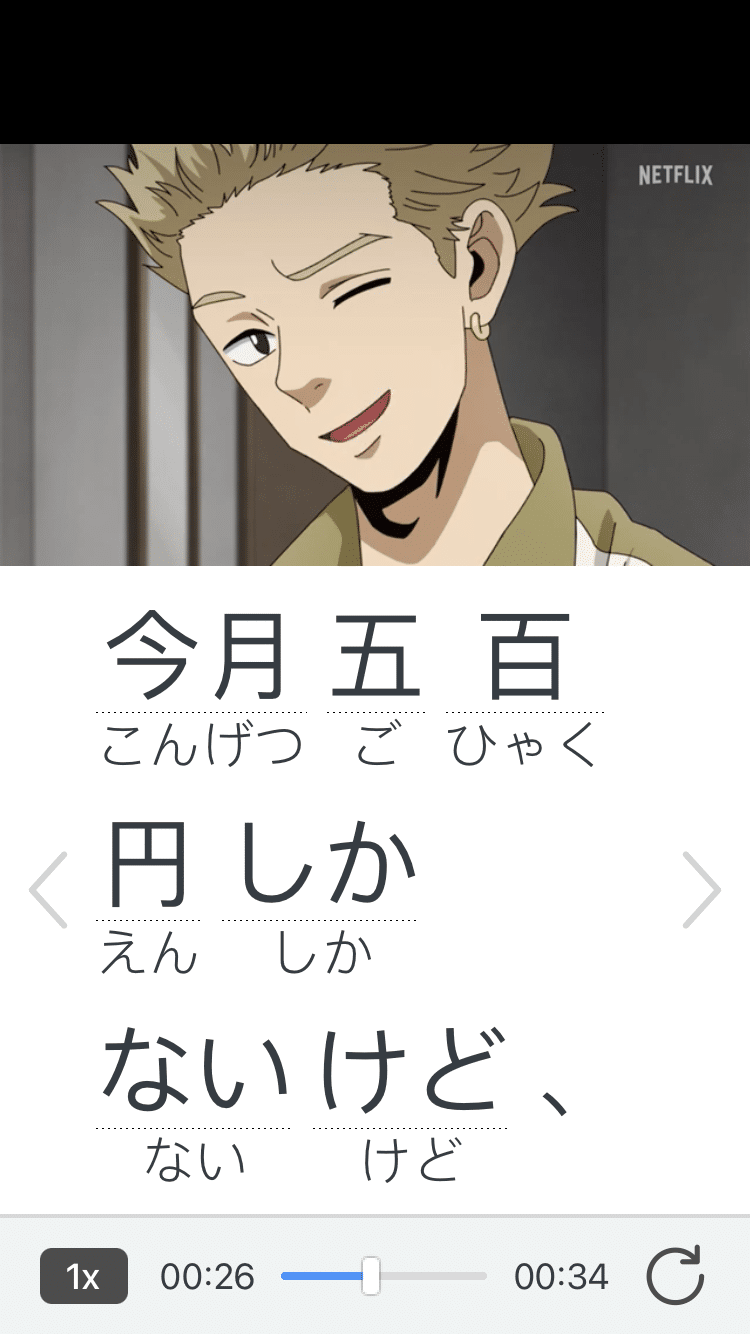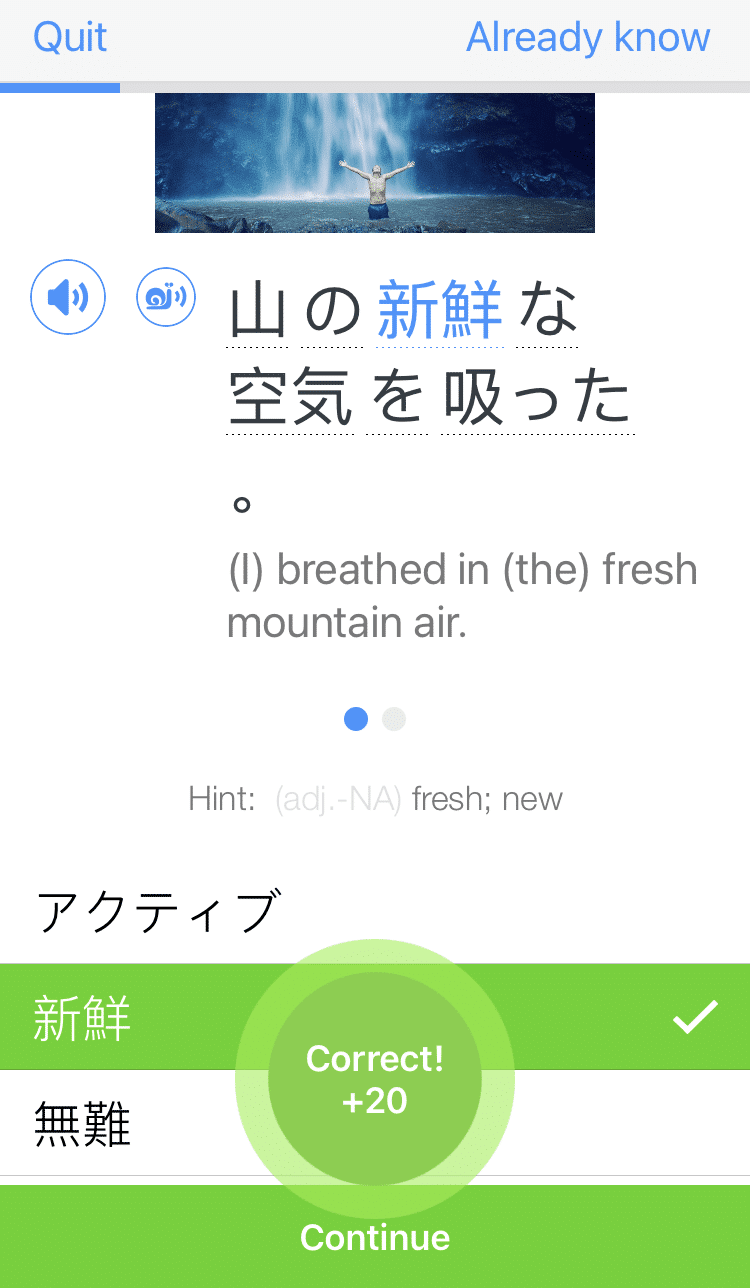The Meaning of Itadakimasu in Japanese and How to Use It

In Japanese culture, you must give thanks before eating your meal. It’s called itadakimasu, which is both a phrase and a cultural ritual that’s undertaken before you consume a meal. So when you’re eating at a Japanese friend’s house or dining out at a restaurant in Japan, don’t forget to give a hearty Itadakimasu.
Read on to learn everything you need to know about what this expression means, where it comes from and how to use it correctly.
Download: This blog post is available as a convenient and portable PDF that you can take anywhere. Click here to get a copy. (Download)
What Does Itadakimasu Mean?
いただきます (itadakimasu) is a Japanese phrase used before meals as an expression of thanks and acknowledgment for the food about to be eaten.
Literally, itadakimasu translates to “I will humbly receive.” There aren’t any direct equivalents to this uniquely Japanese expression, but the French “bon appétit” has a similar use. You can think of it as saying “Thank you for the meal” before you take that first bite.
Itadakimasu is derived from the verb 頂く (itadaku), which signifies receiving or accepting. In this context, it carries a deeper meaning of expressing gratitude for the food being received.
The phrase consists of three parts:
- 頂 (itada) — to receive, to get
- き (ki) — stem form of the verb くる (kuru), meaning “to come”
- ます (masu) — a polite suffix indicating present tense
The phrase “itadakimasu” has historical ties to Buddhism, where the act of receiving and consuming food is considered a sacred and appreciative gesture. It reflects the humility of acknowledging the effort and lives sacrificed in bringing the meal to the table.
This connection to gratitude and humility has been ingrained in Japanese culture, making itadakimasu a significant part of mealtime etiquette.
You can see some examples of itadakimasu in use from the FluentU program.
FluentU takes authentic videos—like music videos, movie trailers, news and inspiring talks—and turns them into personalized language learning lessons.
You can try FluentU for free for 2 weeks. Check out the website or download the iOS app or Android app.
P.S. Click here to take advantage of our current sale! (Expires at the end of this month.)

How to Use Itadakimasu
Using the expression itadakimasu is about more than just saying it out loud. To do it properly means performing a series of gestures to show your gratitude.
Here’s a step-by-step guide:
- Maintain a proper posture.
- Place your hands together in front of your chest, palms facing each other and finger aligned. Keep your elbows close to your body.
- Bow your head slightly. The depth of the bow can vary, but it’s typically a small bow.
- Say “itadakimasu” out loud.
- Pause for a moment in this position. Use this time to reflect on the gratitude and appreciation for the meal.
- Dig in!
If you’re eating in a relaxed or casual situation, you can skip the more formal gestures, and simply bow lightly and say Itadakimasu!
Remember that the key is to approach the ritual with a sense of sincerity and respect. While these steps provide a structured guide, the exact mannerisms may vary based on personal and regional customs. The overarching goal is to express gratitude for the meal and the efforts involved in its preparation.
How to Use Gochisousama Deshita
Finished with your meal? There’s a phrase for that, as well: ごちそうさまでした (gochisousama deshita). This expression translates to “It was a feast” and is used to say thanks after finishing a meal.
Some people accompany the phrase with a small bow as well, but this isn’t as standard as bowing for itadakimasu.
Regional Variations
The phrases itadakimasu and gochisousama deshita are the standard phrases used all across Japan. But as in many other cases, there are several regional variations you’ll hear in different areas of the country.
For example in the Kansai-ben dialect, used in cities like Osaka and Kyoto, itadakimasu may be pronounced as follows:
And gochisousama deshita may be pronounced as:
- ごちそうさまでしたや (gochisousama deshita ya)
- ごちそうさまでしたわ (gochisousama deshita wa)
So if you’re traveling around Japan, you might hear variations on these phrases—but they’ll probably still be recognizable. When in doubt, you can use the standard versions and be understood just fine!
Beyond Meals: Other Uses of Itadaku
I’ve already mentioned it earlier, but the verb いただく (itadaku) is a humble and respectful way of saying “to receive” or “to accept” in Japanese. It’s commonly used in situations where the speaker wants to express gratitude or humility regarding receiving something.
Here are some more contexts in which you can use the verb itadaku, besides giving thanks for your meal:
- Accepting a gift from someone:
いただきます。本当にありがとうございます。 (Itadakimasu. Hontōni arigatō gozaimasu.) — I humbly receive this. Thank you very much.
- Accepting a favor or help:
手伝っていただき、ありがとうございます。 (Tetsudatte itadaki, arigatou gozaimasu.) — Thank you for helping me.
- Acknowledging a gesture of kindness, such as someone holding the door for you:
ご親切にいただき、ありがとうございます。 (Goshinsetsu ni itadaki, arigatou gozaimasu.) — Thank you for your kindness.
- Expressing gratitude in a polite manner:
ご指導いただき、感謝しております。 (Goshidou itadaki, kansha shite orimasu.) — I am grateful for your guidance.
In general, itadaku is a versatile verb that can be employed in various situations where the speaker wants to convey a sense of appreciation and humility. Its usage aligns with the cultural emphasis on politeness and respect in Japanese communication.
Next time you’re eating at your favorite Japanese restaurant, don’t forget to give thanks for the food with a heartfelt Itadakimasu!
And One More Thing...
If you love learning Japanese with authentic materials, then I should also tell you more about FluentU.
FluentU naturally and gradually eases you into learning Japanese language and culture. You'll learn real Japanese as it's spoken in real life.
FluentU has a broad range of contemporary videos as you'll see below:

FluentU makes these native Japanese videos approachable through interactive transcripts. Tap on any word to look it up instantly.

All definitions have multiple examples, and they're written for Japanese learners like you. Tap to add words you'd like to review to a vocab list.

And FluentU has a learn mode which turns every video into a language learning lesson. You can always swipe left or right to see more examples.

The best part? FluentU keeps track of your vocabulary, and gives you extra practice with difficult words. It'll even remind you when it’s time to review what you’ve learned. You'll have a 100% personalized experience.
Start using the FluentU website on your computer or tablet or, better yet, download the FluentU app from the iTunes or Google Play store. Click here to take advantage of our current sale! (Expires at the end of this month.)







